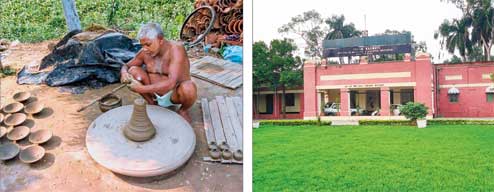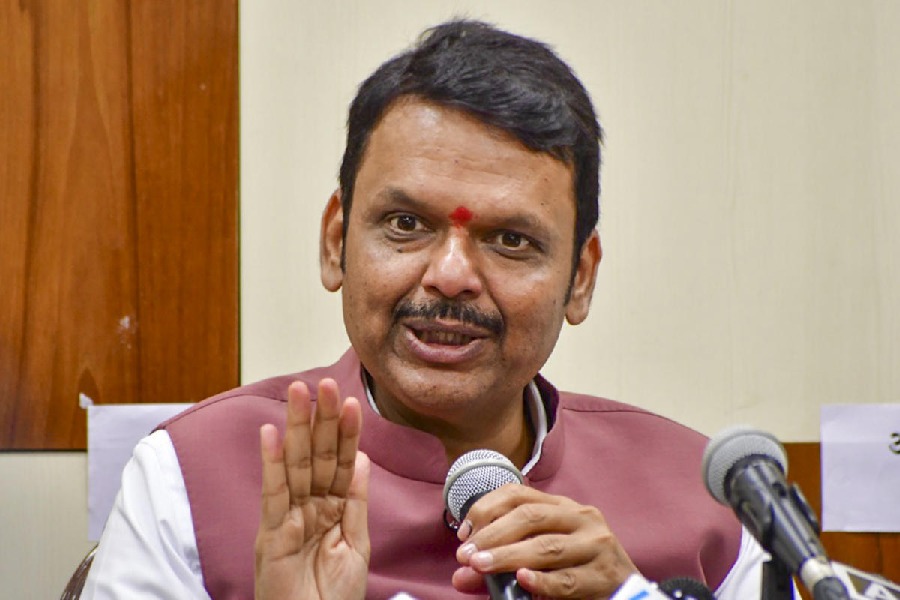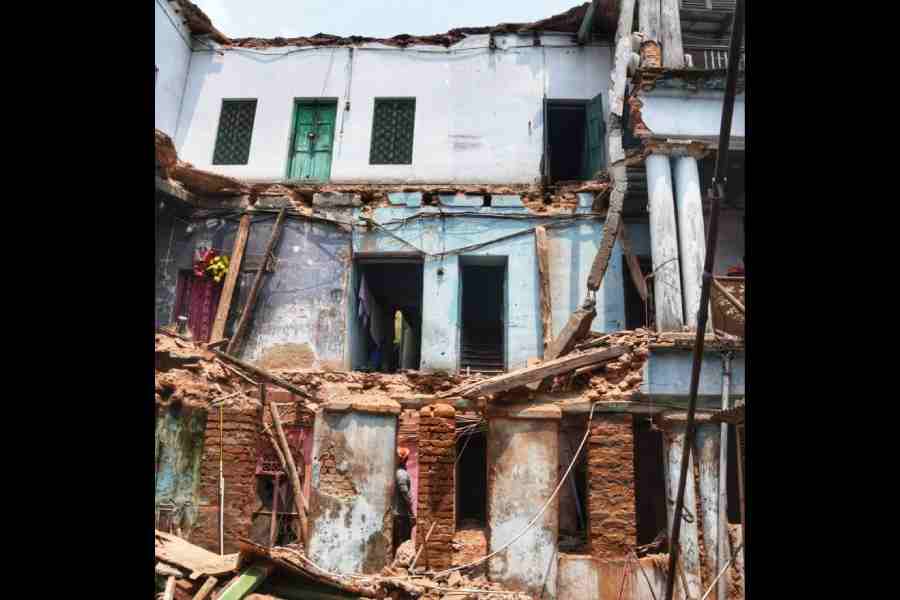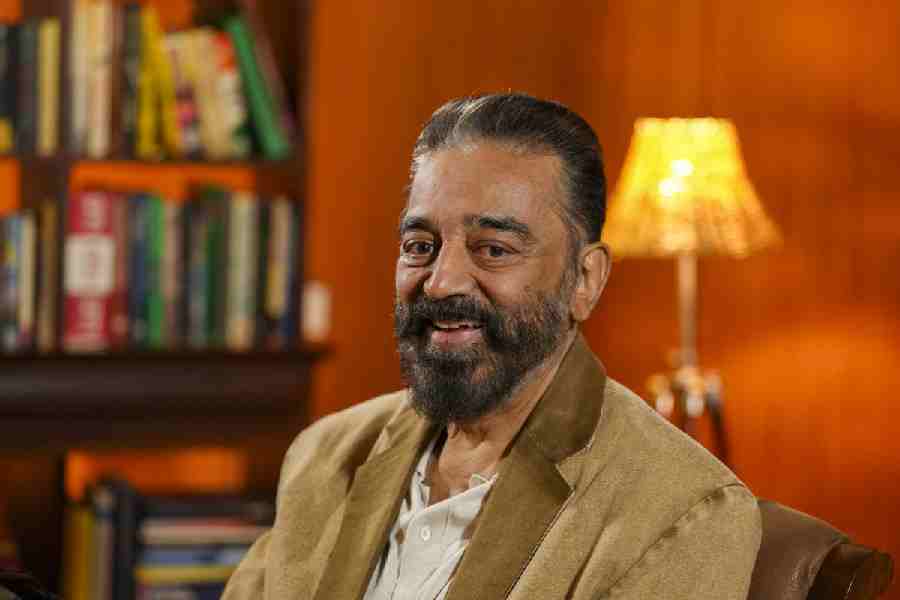
The government has devised a conservation and facelift plan for Taradih, a spot important for Buddhist pilgrims, where excavation was conducted in the 1980s.
Around 100m southwest of the World Heritage Mahabodhi Mahavihara, the state archaeological department started excavations at the spot from 1981-82. Remains of a Buddhist monastery, a headless statue of the Buddha, stone, mud and bone-made items were found over the years and some of them were kept at museums in Bodhgaya and Patna.
The Archaeological Survey of India was not involved in the project.
The department was responsible for the site's maintenance but later, officials filled the excavated portions after excavation stopped in 1991-92.
Now, after all these years, the government has prepared a plan for Taradih's conservation and facelift. Rs 4.7 crore will be spent in two phases for the project.
A detailed project report has been prepared.
Taradih is woefully short on maintenance because of which tourists have given the spot a miss despite its Buddhist history.
Ramsevak Singh, a resident of Bodhgaya, said: "The land at Taradih is now being used by people living around the spot to throw garbage and relieve themselves. Due to excavation, the surface of the land has become rough with several pits. Around 35 years back when excavation started at Taradih, there were plans to turn it into a tourist attraction. But nothing has been done on that till now. The plan to fence the area is a good one. Being so close to the World Heritage Mahabodhi Mahavihara, Taradih has potential for tourism."
Gaya district magistrate Sanjay Kumar Agarwal also told The Telegraph earlier this month: "An initiative has been taken to conserve the ancient remains buried under the Taradih site and for its beautification. The ancient remains at this site would not only attract more tourists to this place but would be a storehouse of research for scholars too."
The art, culture and youth affairs department sanctioned the funds for the beautification and facelift project early last year.
According to the detailed project report, the excavated site would be fenced to stop encroachment to ensure the ancient remains are not disturbed.
As lack of maintenance has turned off tourists from the site, the government also plans to establish a park at the site, complete with benches and shades.
Tourists and devotees visiting Taradih would be able to sit at the spot in a cool and calm atmosphere. Adequate lighting arrangements, cafeteria and sanitation facilities would also be put in place at the park.
Constructions would be carried out in portions where excavation was not conducted. The portions excavated between 1981 and 1992 would form a part of the conservation plan because there is scope for the excavated remains buried to be brought out.
In the first phase of the conservation and beautification plan, Rs 3 crore will be spent.
The remaining funds would be used up in the second phase, district magistrate Agarwal said.
Buddhist scholar Rajiv Kumar, who was part of the excavation team in 1988, said: "Taradih is the only site in India with seven cultural stages beginning from the Neolithic period. Remains from the subsequent stages, including Vedic, Buddhism, Kushana, Gupta and Pala, were also found during excavation."
In February 1993, Sri Lanka president Ranasinghe Premadasa had proposed a beautification of the site.
Again in 2000, then state government minister, Shakeel Ahmad Khan, had laid a foundation stone for the construction of a park at the spot. The project was not executed though, Rajiv added.











